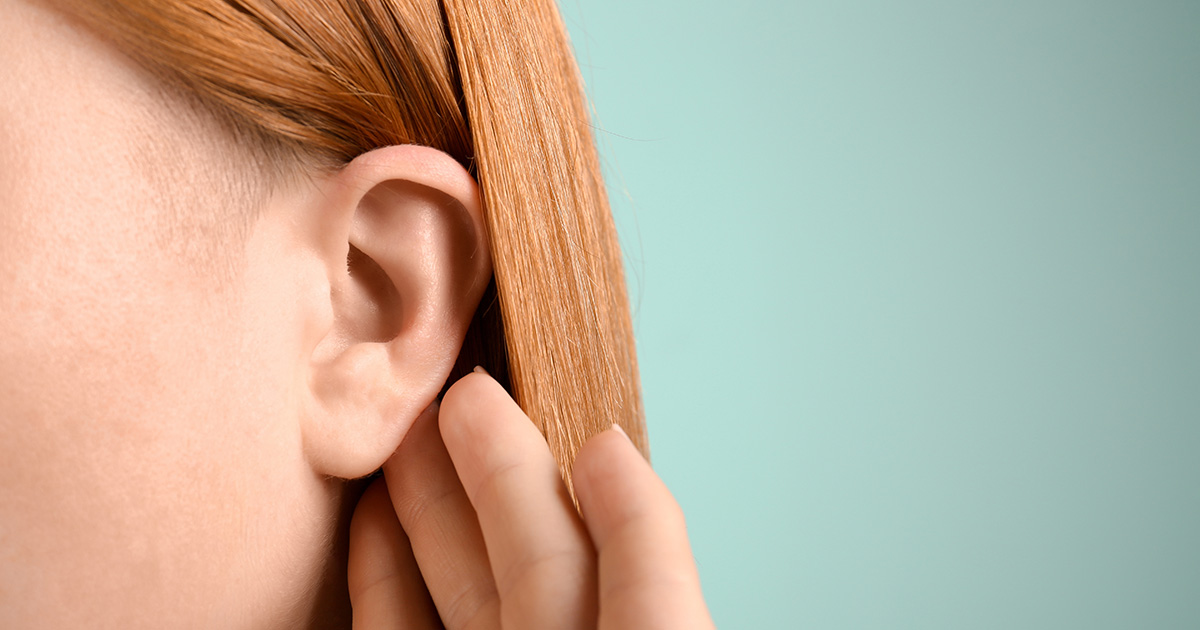
Ear infections: Causes, symptoms and treatment
Ear infections are one of the most common reasons kids go to the doctor. In fact, most children have had at least one by the time they turn one.
“An ear infection is a collection of fluid – and infection of that fluid – behind the eardrum, that causes pressure,” said Kristine Ray, MD, an OSF HealthCare pediatrician. “The eardrum is like a piece of tissue paper. That fluid and pressure causes the eardrum to bulge out into the canal of the ear, which can cause pain.”
Symptoms of an ear infection
Ear pain is the tell-tale sign of many ear infections.
Other symptoms include:
- Ear tugging or general fussiness (in babies)
- Fever
- Runny nose or congestion
- Cough
Treatment for ear infections
Ear infections often resolve on their own.
And while ear infections caused by bacteria can be treated with antibiotics, ear infections can also be caused by a virus.
For these reasons, antibiotics are not always prescribed right away for an inner ear infection.
“It depends on the severity and age of the patient,” Dr. Ray said.
- Children under 6 months old usually receive antibiotics for an ear infection.
- Children 6 months to 2 years old may not receive antibiotics if their infection is mild, but it’s still likely your provider will recommend antibiotics.
- Once children are over the age of 2, your provider is more likely to recommend waiting a few days to see if symptoms improve without treatment before prescribing antibiotics – unless symptoms are severe.
“Once they get to 2 years old and up, we are trying to be better stewards with our antibiotics. We usually give 48 to 72 hours to see how symptoms evolve. If they are getting better, we usually don’t need antibiotics,” Dr. Ray said.
“If, in the course of 48 to 72 hours, they are getting worse, we are likely to prescribe antibiotics.”
Outside of antibiotics, treatment for ear infections focuses on controlling pain and discomfort:
- Over-the-counter pain relievers, such as acetaminophen or ibuprofen
- Hot or cold compress
Recurring ear infections
If ear infections come back over and over again, your provider may refer you to see an ear, nose and throat specialist for a more effective treatment for preventing infections.
The most common treatment is pressure equalization tubes, also called ear tubes or ventilation tubes. These tiny tubes are surgically inserted into the eardrum and create a pathway for fluid to drain, so it can’t build up in the ear canal.
Children may benefit from ear tubes if they have:
- Three or more ear infections in a six-month period
- Four or more ear infections in a 12-month period
Ear infection prevention
While ear infections are quite common, certain behaviors can put children at higher or lower risk for developing an ear infection.
To limit your child’s risk of ear infections:
- Avoid tobacco smoke. Exposure to tobacco smoke is a significant risk factor for ear infections and recurrent ear infections.
- Breastfeed, if possible. Breastfeeding can be protective and preventive for those ear infections.
If your child has symptoms of an ear infection, see your primary care provider (PCP) or visit an urgent care facility for treatment. If your child has recurring infections, talk with your PCP or pediatrician for more information about what’s causing your child’s infections and how to prevent them.